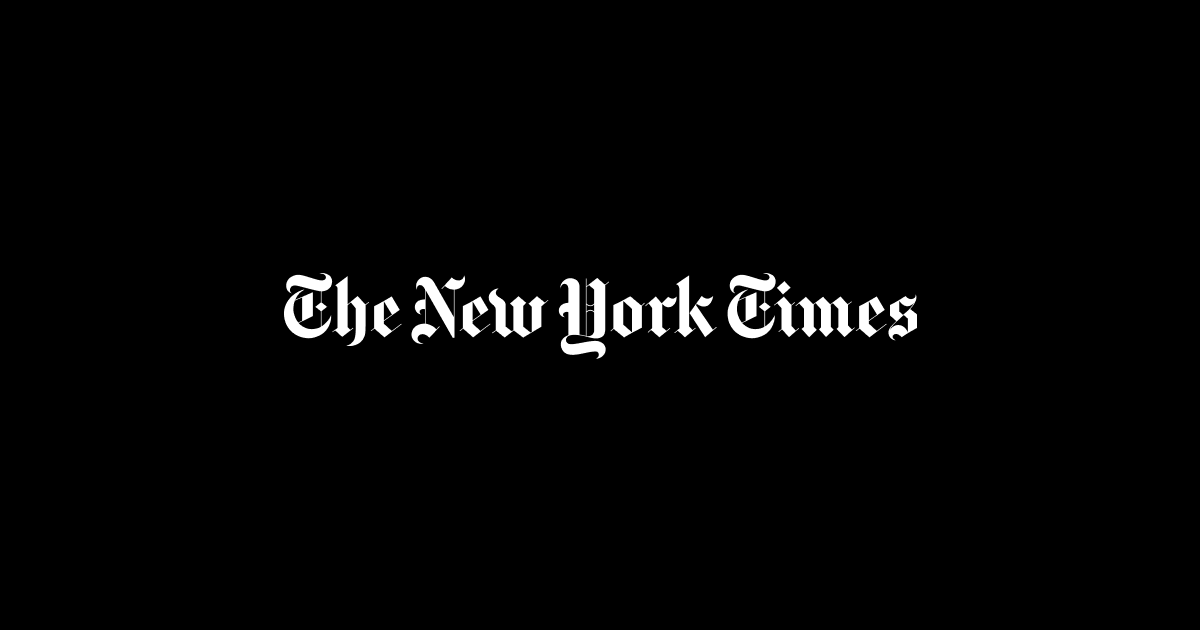When Jerome Powell spoke at the Federal Reserve Bank of Kansas City’s annual conference in Jackson Hole, Wyoming, last year, inflation had recently exceeded 9 percent and the Fed was raising interest rates at a rapid pace to try to reduce rate increases. Mr. Powell used the platform to deliver a stern warning that central bankers will stick around until the job is done.
A year later, the picture is completely different. Higher interest rates have calmed the housing market, coupled with healing supply chains and cheap gas prices, have lowered inflation significantly – to 3.2% in July.
Rather than warning that the central bank is ready to tip the economy into recession if necessary to quell rapid inflation, today’s Fed officials are increasingly suggesting that they might succeed in doing what once seemed unlikely: cooling the economy without hurting it.
Returning to the conference this year, Mr. Powell, who is scheduled to speak on Friday morning, is still expected to stress that the Fed has more work to do to normalize inflation. But many economists and investors think he may be able to strike a slightly less aggressive tone than he did last year.
“I would expect Jay Powell to avoid anything resembling a ‘mission accomplished’,” said Jason Furman, an economist at Harvard University, adding that Mr. Powell could suggest there was more to be done, but he wouldn’t need to sound so ominous. for Wall Street. . “Unlike last year, Powell doesn’t need to intimidate anyone.”
Powell’s dangerous language a year earlier – suggesting that the Fed expects to cause economic pain in its quest to quell inflation – was in part a rebuke to investors who, at the time, remained skeptical that the Fed would continue to raise interest rates. sharply. . His comments confounded financial markets as they recalibrated.
But this year, market players have realized that the central bank is interested in action. Although they anticipate that the Fed has finished or is about to finish raising interest rates, strong economic data also led them to the possibility that the central bank could leave interest rates higher for a longer period.
This is particularly evident in the bond market, where the 10-year Treasury yield rose significantly over the past month, reaching a high of over 4.3 percent. The 10-year yield is supporting borrowing across the economy, and the impact of this jump is already becoming apparent. Mortgage rates rose this week to their highest level in more than two decades, with new loan applications dropping to their lowest level in nearly three decades, according to data from the Mortgage Bankers Association. As borrowing to buy a home or expand a business becomes more expensive, the drastic change in interest rates over the past year could eventually drag the economy down even as inflation eases.
And although the data has been quite strong so far – with consumer spending and employment beating expectations – there are always reasons to worry that today’s resilient economy could collapse as the Fed’s policy delays.
Consumers are running out of savings amassed during the pandemic, and some companies have warned that could hurt profits. New data on Wednesday indicated an unexpected slowdown in the manufacturing and service sectors last month.
“It was a bit of a reality check,” said Bill O’Donnell, interest rate strategist at Citi Group.
Some economists say such risks are reason for the Fed to be cautious. Officials have already raised interest rates to the highest level in 22 years – to a range of 5.25 to 5.5%. While they contemplate another hike before the end of the year, some see such a move as unnecessary in an economy where inflation is sluggish and many policy adjustments are already in the works.
But given how resilient the economy has been so far, there is also another big threat facing the Fed. Inflation – which is Still very highat 4.7 per cent, after excluding volatile food and fuel prices – it could remain high as consumers continue to spend and businesses find they can continue to charge more.
That is likely to make Mr. Powell sound assertive.
Analysts said higher Treasury yields could actually help mitigate permanent inflation risks by lowering demand.
“Interest rates are moving in the direction the Fed needs — there were concerns a couple of months ago about easing financial conditions, but it has turned in the opposite direction,” said Gennady Goldberg, interest rate strategist at TD Securities. “Growth has to slow, and for that you need tougher financial conditions.”
A rise in market-based interest rates should make officials confident their policies are translating into the economy and will continue to slow it, said Michael Feroli, chief US economist at JPMorgan, after months in which commentators questioned why financial conditions had not improved. The reaction to the Fed’s moves is more severe.
“If anything, it removes a mystery or a source of anxiety,” said Mr Feroli. “I think it would probably be somewhat welcome.”
Because there are still many major data releases between now and now The Fed meeting on September 20Mr. Ferroli expected Mr. Powell to avoid sending a very clear signal about near-term policy during his remarks on Friday.
But between how high interest rates have already been and the various risks hanging over the outlook — a moratorium on student loan payments that has expired and China’s disappointingly weak growth, among other factors — some have seen reasons for Powell to be quieter. In his message to the market this time.
“That’s exactly what the Fed wants,” O’Donnell said, referring to rising yields and a slowing economy. “Why pour more gasoline on the fire?”
